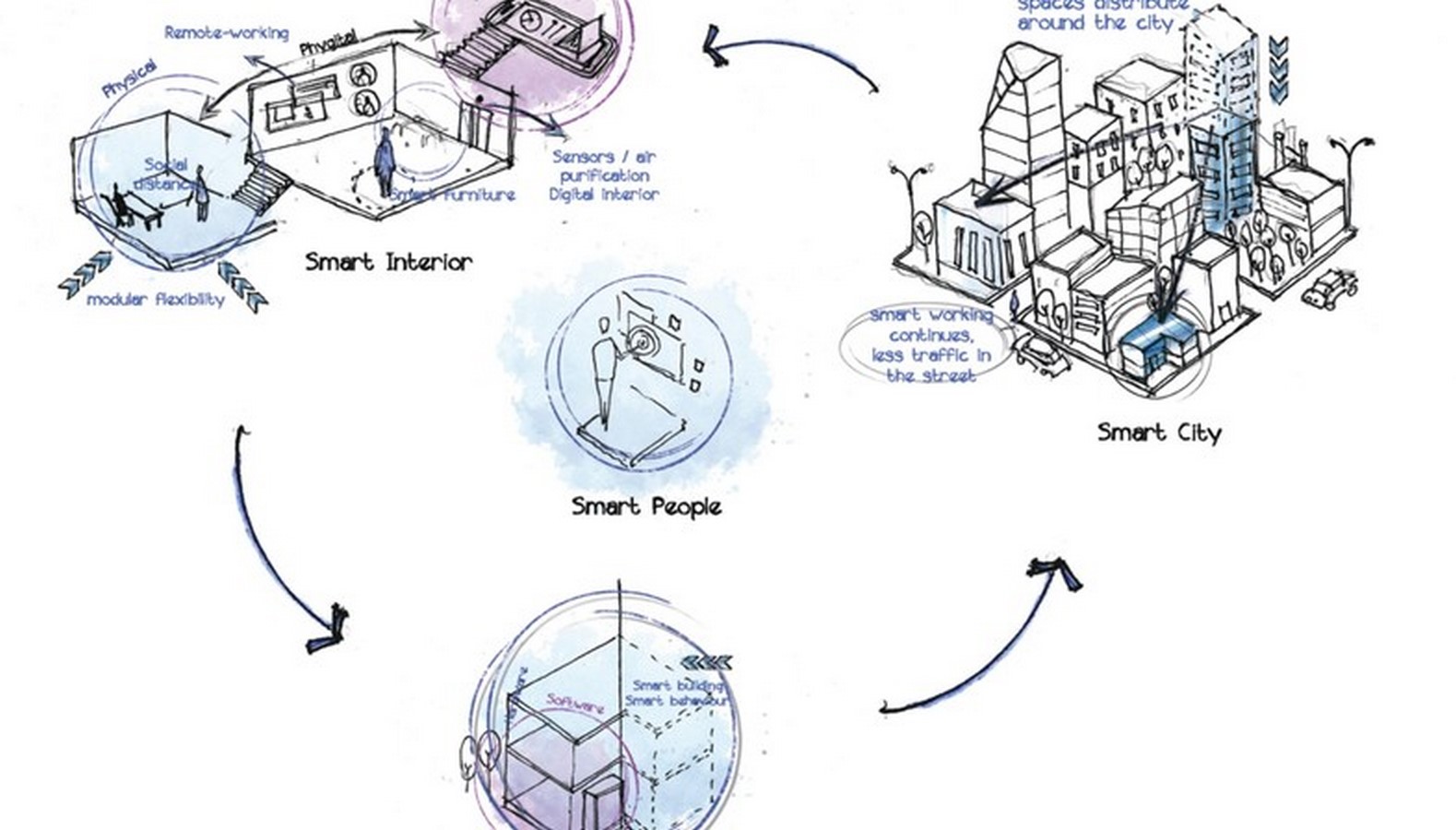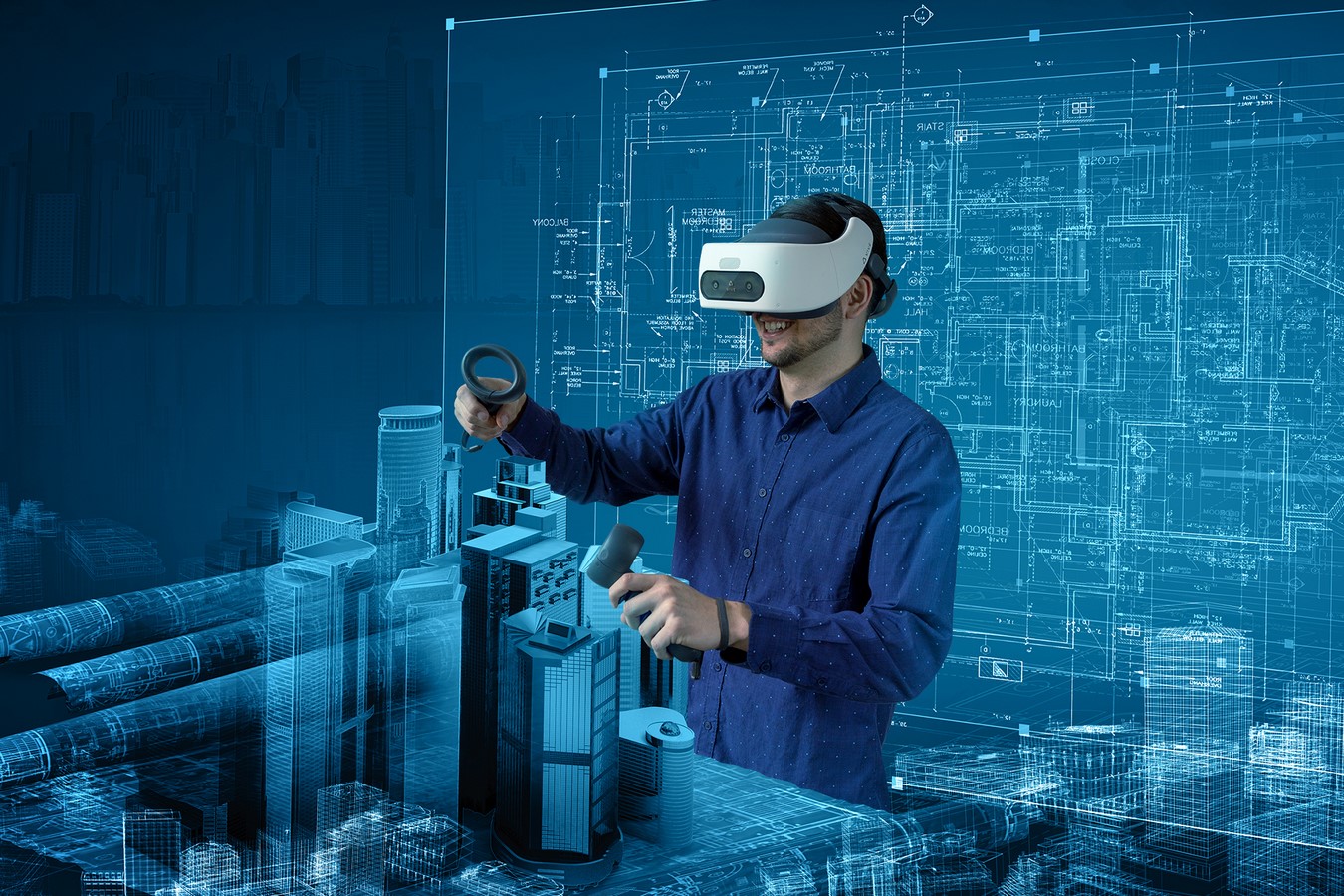The Architectural Design process is being revolutionized by immersive technology. With the changing demands of people and the environment, the architecture will also evolve in the future. Everyone was taken aback with this whole Coronavirus situation and everyone got to reevaluate what the future of architecture is going to be and how it is going to adapt to this new normal of social distancing.
With the changing environment and the increase of humans’ carbon footprint to alarming levels to a point that it is raising a question mark on its own existence, the future of architecture is all about finding innovative solutions to these problems and focus on living sustainably in harmony with our planet’s ecosystem.
Architecture Post Covid | Architectural Design process

The question that one might ask is: Is there ever going to be a planet without coronavirus again, or is this going to be the new normal? Is it true that masks and social distancing will always be a part of our lives? And, after more than a year of watching this tale closely, it seems that CoronaVirus is here to stay for the foreseeable future. So, how does this affect us as architects?
This means that our architecture will have to transition to this modern normal, implying that there will be significant shifts between how architecture is viewed and how architectural thinking operates. Human sanitation, open parks, public spaces, and human social contact would all need a rethinking on our part as architects. This will have a significant effect, especially on architecture, public space, and recreational space design.
Architecture For The Environment
Changing climate and dwindling natural resources are two big threats that humanity is currently facing. Architects must tackle these problems to find better solutions. One method is to use environmentally friendly architecture. We can only expect to safeguard our future habitats and climate by focusing on economics across various aspects of the architectural industry.
Waste reduction and recycling space are some of the core philosophies driving this movement. This involves both physical room and reducing energy loss. This trend can be incorporated into the design proposals by considering three major factors: materials, energy efficiency, and place. You will make sustainability a part of conventional architecture if you look at these core areas and take a more systematic view.

Container Architecture

With humanity on the verge of global environmental challenges such as a shortage of renewable capital and issues such as overpopulation, some architects have begun to look at architecture from a new perspective of repurposing containers to create architecture with minimal human change and carbon footprint on the earth. These containers are mobile, simple to manage, cost-effective, and have a huge stacking capacity.
Stakability allows for vertical construction while also reducing the footprint of the house. These containers can be customized to meet a variety of requirements, ranging from residential to office to institutional.
Role Of Technology In Future Of Architecture
Someone once said, “Only two things holding humanity back are technology and one’s mind”. The evolution of technology is going to be the key to the future of architecture. Technology is going to open the new door for humanity to a whole new array of possibilities.
Virtual Reality
There was a time when architecture visualization was done through manual drawing, that was why architecture was only considered a profession for artists. Then came this 3D software and they became the new normal of the industry. Looking at the evolution pattern, what looks like the next possible step is the introduction of Virtual reality, and Augmented reality is going to become the new way to experience architectural design.

Today, architects will get a feel for a concept before it is built. The architecture, manufacturing, and construction industries have also been changed by virtual reality technologies. For projects at the experimental stage, virtual reality is a big step forward. Architects will also see how a plan is put together as well as how engineering is used.
3D printing is another step in the immersive direction. New algorithms can help value engineer a structure while also assisting in the resolution of structural resilience and material use issues. Future architects will be able to build impressive designs and know the true limits of architecture thanks to the use of large-scale 3D printers. Together, virtual reality and 3D printing can push the boundaries of design and building to new heights.
Interstellar Architecture | Architectural Design process
With the launch of private space travel programs such as SpaceX and earth reaching its saturation point to provide demand for the human race, Humans will have to soon venture into Interstellar architecture.
Stepping into unknown territory will be the very knowledge we know about to figure out a way to create a practically viable habitat for human settlement to take place. A lot of research is going into making this a reality in the future.

The perpetual loss of arable land and natural resources, climate change, exponential population development, and environmental degradation are among the immediate and daunting problems that humanity is currently facing. Through technology and our interconnectedness, we have more opportunities than ever to make the planet a better place.
Bibliography:
Medium. 2021. Emerging Trends That Will Shape the Future of Architecture. [online] Available at: <https://medium.com/studiotmd/emerging-trends-that-will-shape-the-future-of-architecture-356ba3e7f910> [Accessed 12 April 2021].
Archdaily.com. 2021. Future Architecture | Tag | ArchDaily. [online] Available at: <https://www.archdaily.com/tag/future-architecture> [Accessed 12 April 2021].
















